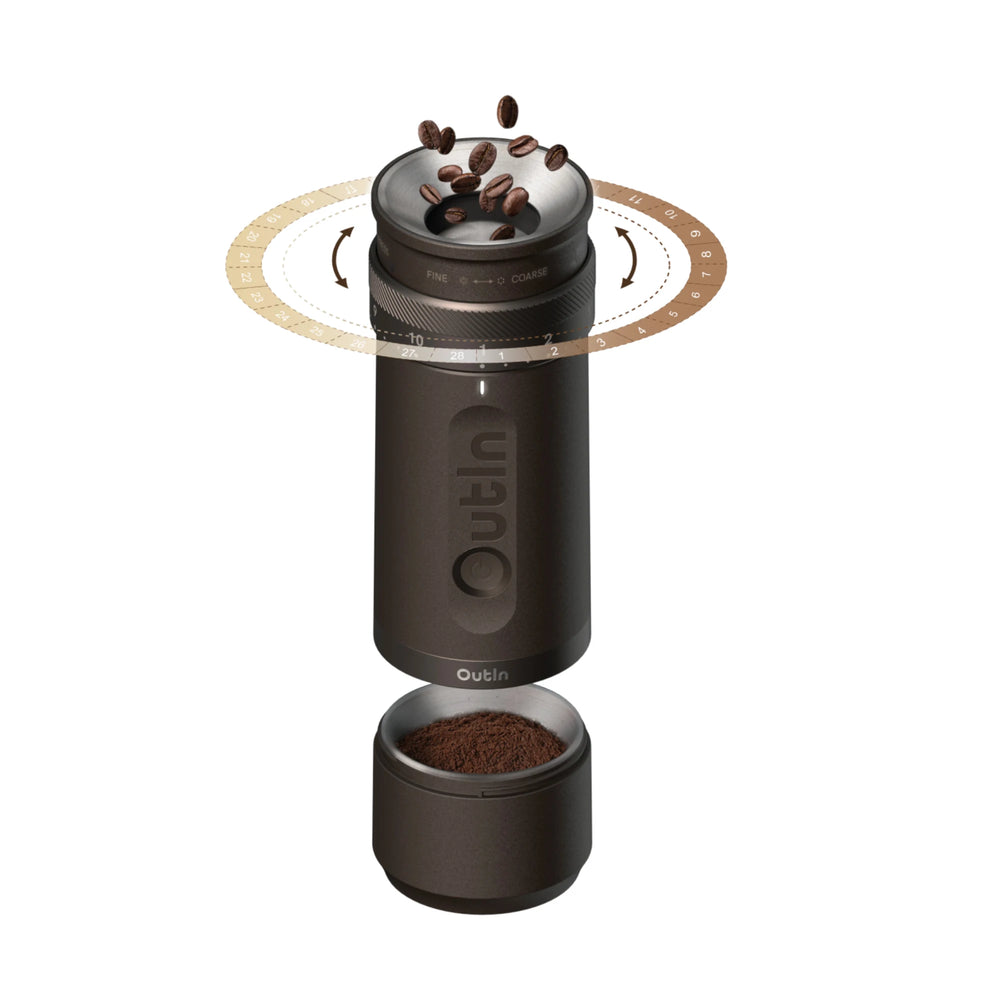Unlock the Secrets of Perfect Brew: Your Ultimate Guide to Choosing the Right Coffee Grinder!
For coffee enthusiasts, the journey to the perfect brew begins long before the water hits the grounds. One of the most crucial steps in this process is grinding the coffee beans. A coffee grinder machine plays a pivotal role in enhancing the flavor and aroma of your coffee, unlocking the full potential of each bean. In this article, we will delve into the world of coffee grinder machines, exploring the different types available, their operations, and essential tips for selecting the right one tailored to your brewing needs. Whether you're a casual drinker or a dedicated aficionado, understanding these concepts is key to elevating your coffee experience.

Understanding Coffee Grinder Machines
A coffee grinder machine is designed to crush and grind coffee beans into a desired consistency, ultimately affecting the extraction process during brewing. The significance of grind size cannot be overstated; it directly influences the taste and aroma of your coffee. Finer grinds are typically used for espresso, while coarser grinds are preferred for methods like French press. For instance, a friend of mine who swears by her French press recently switched to a coarser grind and was amazed at the difference in flavor. The right grind size ensures that water extracts the flavors from the coffee beans efficiently, leading to a richer and more satisfying cup. Understanding these nuances will empower you to make informed decisions about your coffee grinder machine.
Types of Coffee Grinders
When it comes to coffee grinders, there are three primary types to consider: blade grinders, burr grinders, and manual grinders. Each type has its own set of advantages and disadvantages that can affect your brewing experience. Blade grinders are often the most affordable option, but they can produce inconsistent grinds, which may not yield the best flavor. On the other hand, burr grinders, known for their precision, provide uniform grind sizes that cater to various brewing methods. Manual grinders, while less common, offer a unique, hands-on experience and are ideal for those who appreciate control over their grind size. Understanding these differences will help you choose the grinder that best suits your needs and preferences.
Blade Grinders
Blade grinders operate by using spinning blades to chop the coffee beans into smaller pieces. They are typically less expensive, making them an attractive choice for beginners. However, the downside is that blade grinders can produce unevenly sized coffee grounds. The inconsistency can lead to over-extraction or under-extraction during brewing, which can negatively impact the flavor of your coffee. While they are convenient and easy to use, those serious about their brew may find that blade grinders fall short in delivering the desired quality.
Burr Grinders
Burr grinders utilize two revolving abrasive surfaces to grind the coffee beans, ensuring a more uniform grind size. This consistency is critical for brewing methods that require precision, such as espresso or pour-over. Many burr grinders also offer adjustable grind settings, allowing you to customize the coarseness or fineness of the grind based on your preferred brewing method. The investment in a burr grinder is often seen as worthwhile, especially for those who value quality and flavor in their coffee.
Manual Grinders
Manual grinders, often favored by coffee purists, require the user to grind the beans by hand. This type of grinder offers complete control over the grind size and is typically more portable, making it a great option for travel. Friends of mine who love camping often bring along manual grinders to enjoy freshly brewed coffee in nature. While they may require more effort, the process can be quite rewarding, as it allows for a deeper connection to the coffee-making ritual.
How to Choose the Right Coffee Grinder for Your Brewing Needs
Selecting the right coffee grinder largely depends on your brewing method. If you're an espresso lover, a burr grinder with fine grind settings is essential for achieving the perfect shot. For those who prefer drip coffee, a medium grind is ideal, while coarser grinds are best suited for French press enthusiasts. Additionally, consider how frequently you make coffee. If you're brewing daily, investing in a high-quality grinder may be worthwhile. Budget is another critical factor; while high-end grinders offer advanced features, there are plenty of mid-range options that deliver excellent results. Ultimately, evaluating your brewing preferences will guide you in choosing the right coffee grinder machine to enhance your coffee experience.
Maintenance and Care for Coffee Grinders
Regular maintenance is crucial to ensure your coffee grinder functions optimally over time. Cleaning your grinder after each use helps prevent the buildup of coffee oils and residues, which can affect the flavor of your coffee. Most grinders come with specific cleaning instructions, but a simple method involves using a brush to remove leftover grounds and wiping down the surfaces with a damp cloth. It's also advisable to store your grinder in a cool, dry place to avoid moisture damage. My experience has shown that taking the time to care for your grinder pays dividends in the quality of your brew.
Summary of Key Takeaways
In summary, the journey to coffee perfection begins with choosing the right coffee grinder machine. Understanding the different types of grinders, their operations, and the importance of grind size can significantly enhance your brewing experience. Whether you're a casual drinker or a dedicated coffee lover, investing in a suitable grinder tailored to your brewing preferences can elevate the quality of your coffee. Remember, the right grinder not only improves flavor but also enriches the entire coffee-making ritual. So, take the time to consider your needs and preferences before making a decision, and enjoy the delightful journey of brewing the perfect cup!



